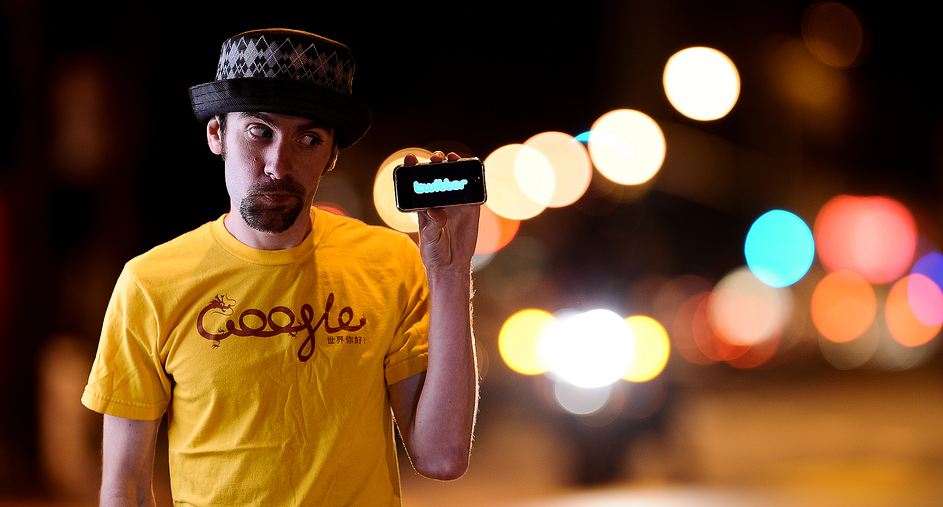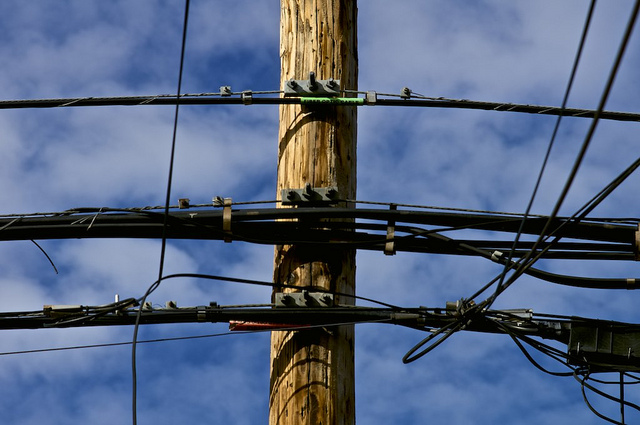I read recently that Twitter is now worth $11 billion. This valuation comes not from publicly traded stock (there is none yet), but rather from a private market calculation from Greencrest Capital, a player in private equity markets.
Reasonable people can disagree about a valuation like this, but arguing over it misses a key point: What if you couldn’t use traditional financial measures when comparing and contrasting certain companies? What if, instead, you had to reduce the company to an existential value that encompassed the company’s entire human impact, not merely the free cash flow available to its owners?
For example: Is Google worth more than a cure for cancer? Think about it for a second. Suppose tomorrow we woke up and read a tweet (more on Twitter later) from the British medical journal Lancet that went something like this:
“J Hopkins researchers rpt complete tumor necrosis in var. organ cancers. 300+ patients, dbl-bld trial. #Carcinex with excl perp license.”
Professional investors following Lancet would instantly do two things: 1) find the ticker symbol for Carcinex, and 2) after determining that Carcinex wasn’t yet public and therefore without a ticker, sit back in their chair and mull over the following: “What is the cure for cancer worth?”
And some would no doubt start calculating it: Number of cases world-wide times…uh…of course, there is no easily calculated answer to the latter factor: What to charge for a certain cure for some of the most deadly diseases? You know, the you-have-six-months-to-live-so-don’t-sign-a-new-cell-phone-contract kind of illness.
So what is the cure for cancer worth? One answer is found in the above construction: Would you pay more to Carcinex than you pay to Microsoft? To your lawyer? For your mortgage? For your kid’s tuition to, say, Johns Hopkins University?
In other words, you-as-cancer-patient wouldn’t be doing a dividend discount model on what you’d pay for Carcinex’s miracle treatment. No, you’d be making the kind of existential calculation described above. And that is what Carcinex would be doing, too, figuring out what they could charge based not on cost-plus logic, but rather on the cold hard calculus of what people will pay to go on living.
So let’s get back to Twitter. What’s it worth? Since there are no financial statements to analyze at this point, let’s go ahead and analyze it using the aforementioned method.
First, consider how several current Web-based business giants are themselves viewed existentially:
- Google (search) = the Yellow Pages
- eBay + Craigslist = the Classified Ads
- LinkedIn = the Help Wanted Ads
- Amazon = Retail
- Intuit = the Operating System of Small Businesses
- Yahoo = (uh, we’ll get back to you)
Now consider that eBay + Craigslist + LinkedIn = Classified Ads + Want Ads = Newspapers & Magazines. So what’s all that worth?
In 2012, total U.S. printed advertising (newspapers and magazines) totaled just under $40 billion. Most print publishing companies (publicly-traded ones, anyway) seem to be valued at around one times revenue. So the whole shrinking industry is worth, at best, $40 billion.
What about eBay (EBAY), Craigslist and LinkedIn (LNKD)? Using Yahoo Finance, along with estimates for Craigslist from another source, the estimated 2012 revenue for the combined three firms was $15.2 billion; the combined market value: $83.0 billion, or about five and a half times revenue.
I think this excess valuation doesn’t reflect any intrinsic value. It reflects the odds of survival: comparing valuations just indicates the market feels those three firms are more likely to survive than the newspaper and magazine business in the latter’s, circling-the-drain state of decay.
How do I know this? Consider that back in 2004, Priceline.com (PCLN) had a market cap greater than that of United Airlines (UAL), US Air (LCC) and Northwest Airlines (DAL) combined. This was seen as bizarre, in that Priceline’s revenue was tiny compared to even one of the airlines. What happened?
All three of those airlines eventually declared bankruptcy, wiping out existing equity. Each of the three merged into other airlines and only one of the brands (United) survives as is today. Priceline stock, meanwhile, is up over 3000% since then. The valuation disparity was a successful predictor of Priceline’s survival, and its ability to take ownership of the travel booking experience away from the airlines and travel agents. For a whole lot of people in 2012, Priceline = travel.
So what is Twitter, viewed existentially? Twitter = the News.
Of course, news already comes from TV and radio networks, like CNN, which are still worth billions. A fourth-tier, cable-only network, Current TV, just sold to Al Jazeera for $500 million. Yet watch any TV reporter these days stand “live” on camera, and notice that not only do they have a smartphone in one hand, but also they often look down at it and “report” that somebody, somewhere, just tweeted an “important new development” in this story…
Bingo.
The smart money is predicting that Twitter will probably go public in 2014, so there’s still plenty of time to work on your own estimate of what it will be worth as a public company. And when Twitter files for its IPO, we’ll all have plenty of numbers to crunch. But don’t forget to do some existential analysis of your own: Twitter = the News.
What’s that worth? We’ll be dying to know.
Image: Dustin Diaz
Disclosures: Any investments discussed in this presentation are for illustrative purposes only and there is no assurance that any manager will make any investments with the same or similar characteristics as any investments presented. The investments are presented for discussion purposes only and are not a reliable indicator of the performance or investment profile of any composite or client account. Further, the reader should not assume that any investments identified were or will be profitable or that any investment recommendations or investment decisions made by model managers in the future will be profitable.
Certain information contained in this presentation is based upon forward-looking statements, information and opinions, including descriptions of anticipated market changes and expectations of future activity. The manager believes that such statements, information and opinions are based upon reasonable estimates and assumptions. However, forward-looking statements, information and opinions are inherently uncertain and actual events or results may differ materially from those reflected in the forward-looking statements. Therefore, undue reliance should not be placed on such forward-looking statements, information and opinions.





